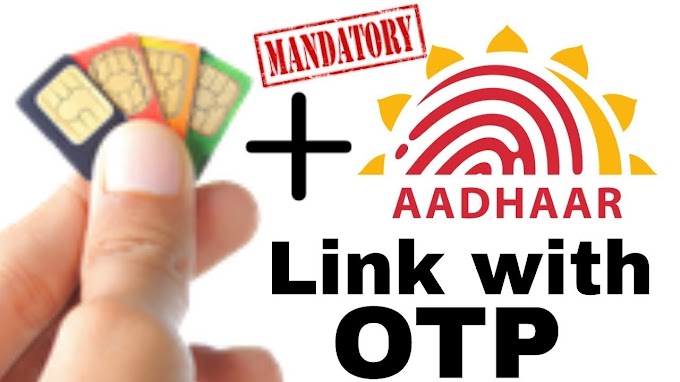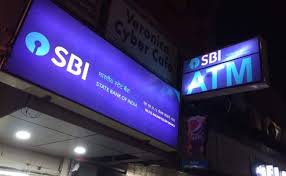Conversational thread has been disabled by Google earlier this week from Android and iOS. A powerful feature has been introduced by search giant named Confidential mode.
Gmail’s ‘Confidential mode’
prevents a mail from being forwarded, copied and downloaded on the desktop or a smartphone. This feature is set by the sender of the mail. What’s more is that the email can 'self-destruct' after a set amount of time. In case the email content is extremely sensitive, one can even lock access for the particular user with an SMS code.
prevents a mail from being forwarded, copied and downloaded on the desktop or a smartphone. This feature is set by the sender of the mail. What’s more is that the email can 'self-destruct' after a set amount of time. In case the email content is extremely sensitive, one can even lock access for the particular user with an SMS code.
Google, however, has clearly mentioned that although the ‘Confidential Mode’ brings all the security features onboard, it doesn’t prevent one from taking a screenshot of the content and sharing it with others. Also, this feature is not yet there for G Suite users.
How to use the feature on desktop, Android and iOS :-
On Android smartphones:
Step 1: Open Gmail and ‘Compose’ a message.
Step 2: On top right tap on the three-dot ‘More’ option and select ‘Confidential Mode’. Those who already have this setting activated can tap on the option to edit it.
Step 3: Set up the mode with expiry date and passcode.
Step 4: Tap on ‘Done’ and send the email.
To remove access early:
Step 1: In Gmail, click on the ‘Sent’ section placed on the left side.
Step 2: Open the Confidential email.
Step 3: Click on ‘Remove access’ option. This prevents the recipient to view the message before the expiration date
On iPhones/iPads:
Step 1: Open Gmail and ‘Compose’ a message.
Step 2: On top right tap on the three-dot ‘More’ option on the right and select ‘Confidential Mode’. Those who already have this setting activated can tap on the option to edit it.
Step 3: Set up the mode with expiry date and passcode.
Step 4: Tap on ‘Done’ and send the email.
Step to remove access early is same as for the Android smartphones.
Desktop:
Step 1: Open Gmail and ‘Compose’ a message.
Step 2: At the bottom right corner of the message click on the ‘Confidential mode’ lock icon. Those who already have this setting activated, they can click on the icon to edit it.
Step 3: Set the expiration date and passcode. This will protect both the text and attachments.
Step 4: Click save and send the message.
Note: If you select ‘No SMS passcode’, the receiver will be able to open the mail directly. Non-Gmail users, however, will get emailed a passcode. On choosing ‘SMS passcode’, the recipient will get a passcode via a text message. For this, the sender is required to enter the phone number of the recipient.















